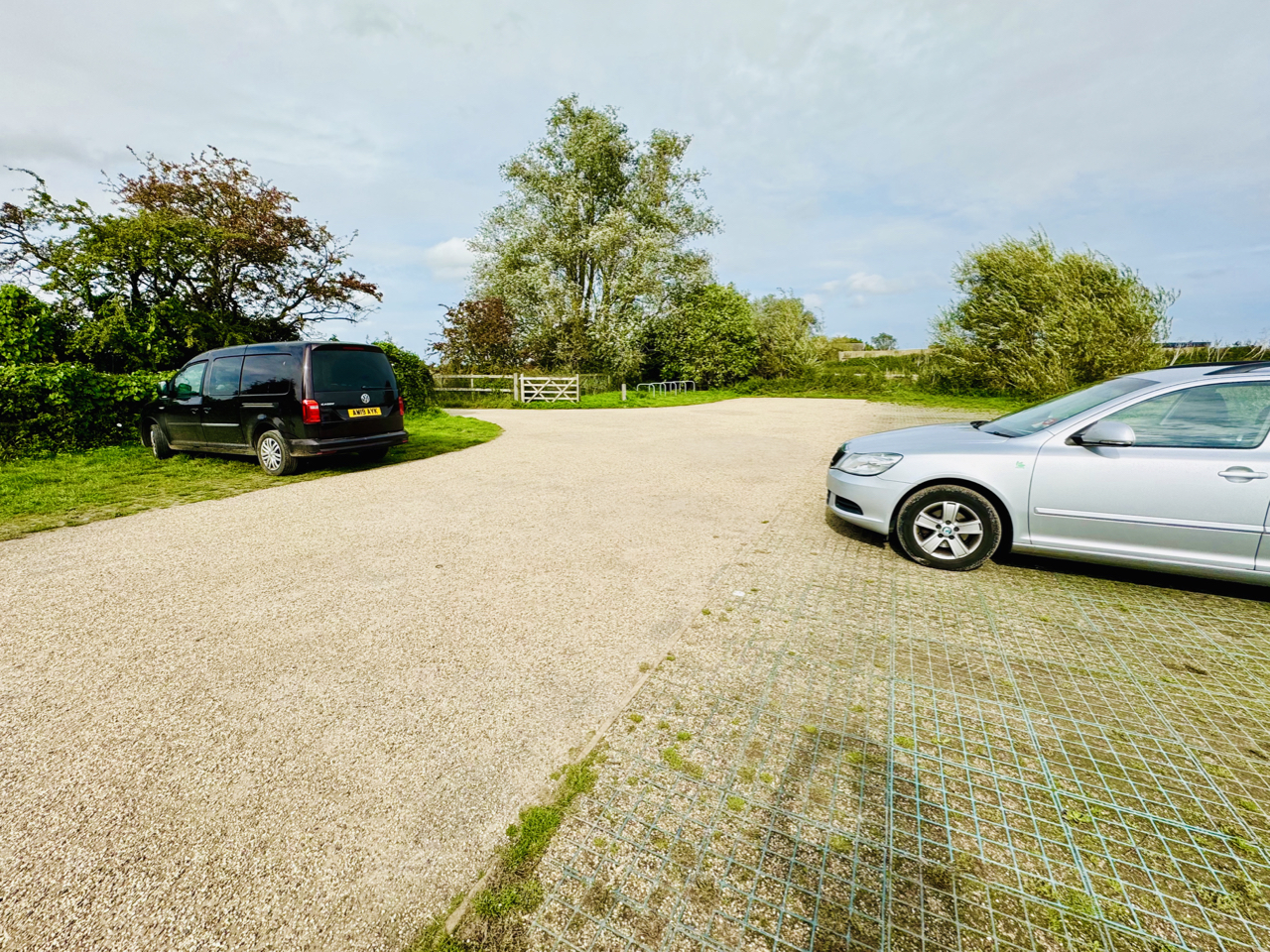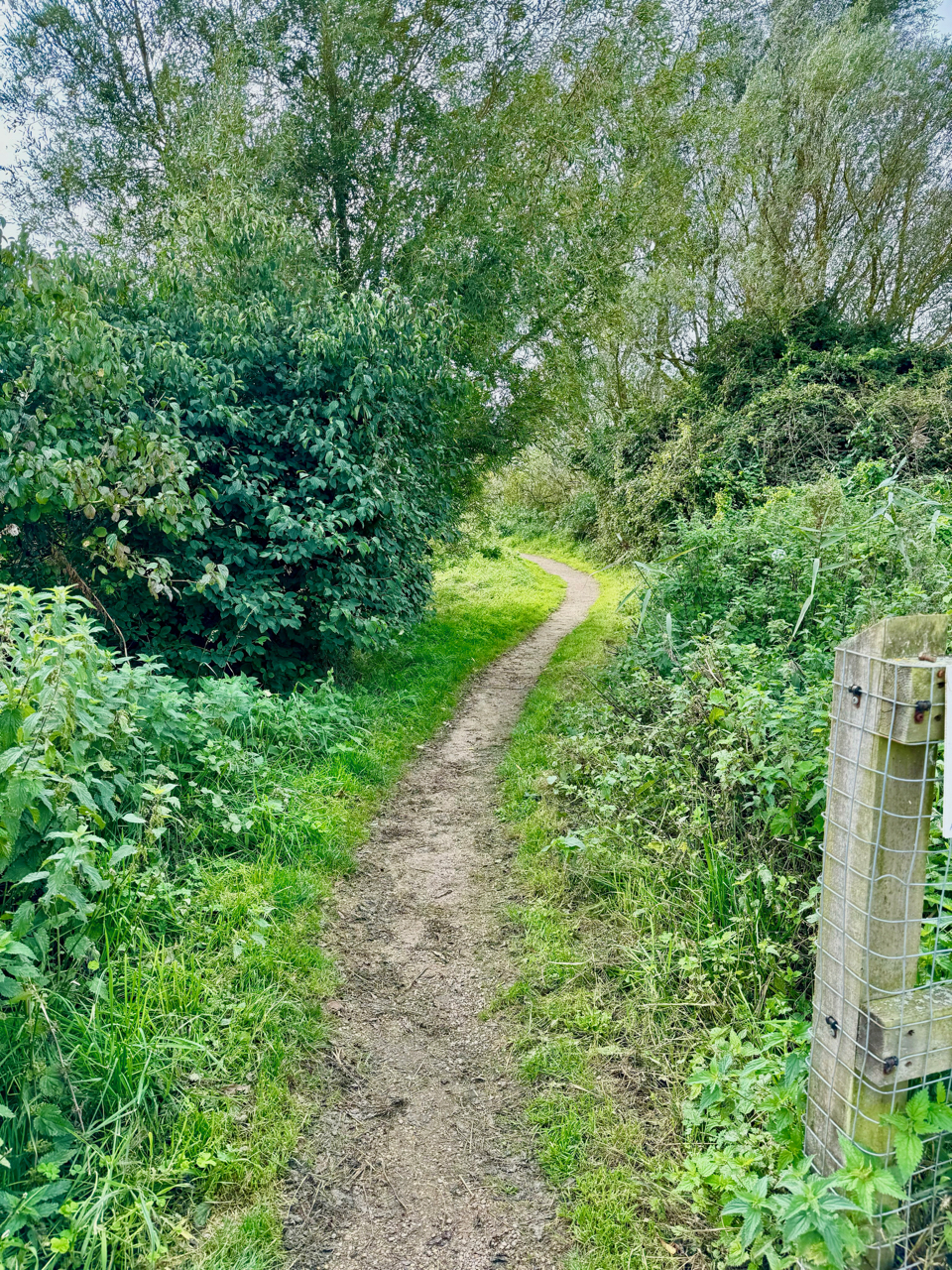St Benet's Abbey
St Benet's Abbey
St Benet’s Abbey is visited by 1000’s of people each year and has been the subject of many an artist's and photographer's efforts. Given its setting it's easy to see why.
It’s all thought to have started in what was then a remote and isolated island at the junction of the River Bure and River Ant when Suneman founded a chapel on the site in 800AD. He was murdered by Viking invaders and subsequently, a small group of Anglo-saxon monks built a chapel on the site dedicated to their patron St. Benedict, but in 870AD Viking invaders struck again and destroyed the chapel.
The site lay ruined and abandoned until somewhere between 960 and 980 when Wulfric the hermit partly rebuilt the abbey. By 1019 the abbey had drawn the attention of King Cnut who became a major benefactor granting the abbey its ‘lands’. Other Saxon nobles and wealthy men followed suit and the abbey prospered through the Middle-Ages eventually owning between 35-80 acres of land. Farming the land and keeping fish ponds, the monks were self-sufficient.
In 1046 the abbey’s possessions and privileges were vastly extended in Edward the Confessor’s charter to include 28 churches and by 1086 its entry in the medieval abbey Domesday Book shows that St Benet’s Abbey owned much of the land nearby and was the leading monastery in Norfolk.
Lots of Abbots, Kings, patrons, politics and building later we jump ahead to Henry VIII and the Reformation. Somehow St Benet’s was the only monastery not to be ‘dissolved’. Its survival seems to have been thanks to John Capon who was the Monastery’s Abbot from 1517-1530 and a lead supporter of Henry’s annulment from Catherine of Aragon, and William Rugge. Rugge succeeded Capon as Abbot and held the ear of Thomas Wolsey and Thomas Cromwell. Having survived until 1536 it was eventually a financial arrangement, heavily weighted in the King’s favour, that saved the Abbey which was by now, heavily in debt.
Within 3 years only a few monks remained at St Benet’s which was finally abandoned in 1545. The stone had use and value elsewhere in Norwich and much was sold off or robbed. Most of the medieval buildings are now gone but the gatehouse, which had a conical shaped windmill built on it sometime between 1760-1780, still survives along with the scant remains of the church walls which date from 1270.
To the north of the site are various foundations of conventional buildings, the precinct wall, earthworks and the monk’s fishponds. To the eastern end of the site the wooden cross of peace constructed of English oak from Sandringham, was presented by Queen Elizabeth II in 1987 and marks the site of the high stone altar.
Despite its demise, the abbey did survive dissolution, the only one in the land to do so, and to this day the Bishop of Norwich is entitled to call himself “abbot of St Benet’s Holme” and since 1939 it has been tradition for the Bishop of Norwich to hold an annual service at the site on the first Sunday of August as a legacy of Capon’s and Rugge’s closeness to the crown.
The Bishop arrives by the Wherry Albion to deliver a 1 hour service.
Today, the site isn't quite as remote and isolated. It has a carpark very close by, you can step off a day boat from Wroxham or Potter Heigham or you could do what we did in late September 2023 and walk the 1 mile route from Ludham Bridge.
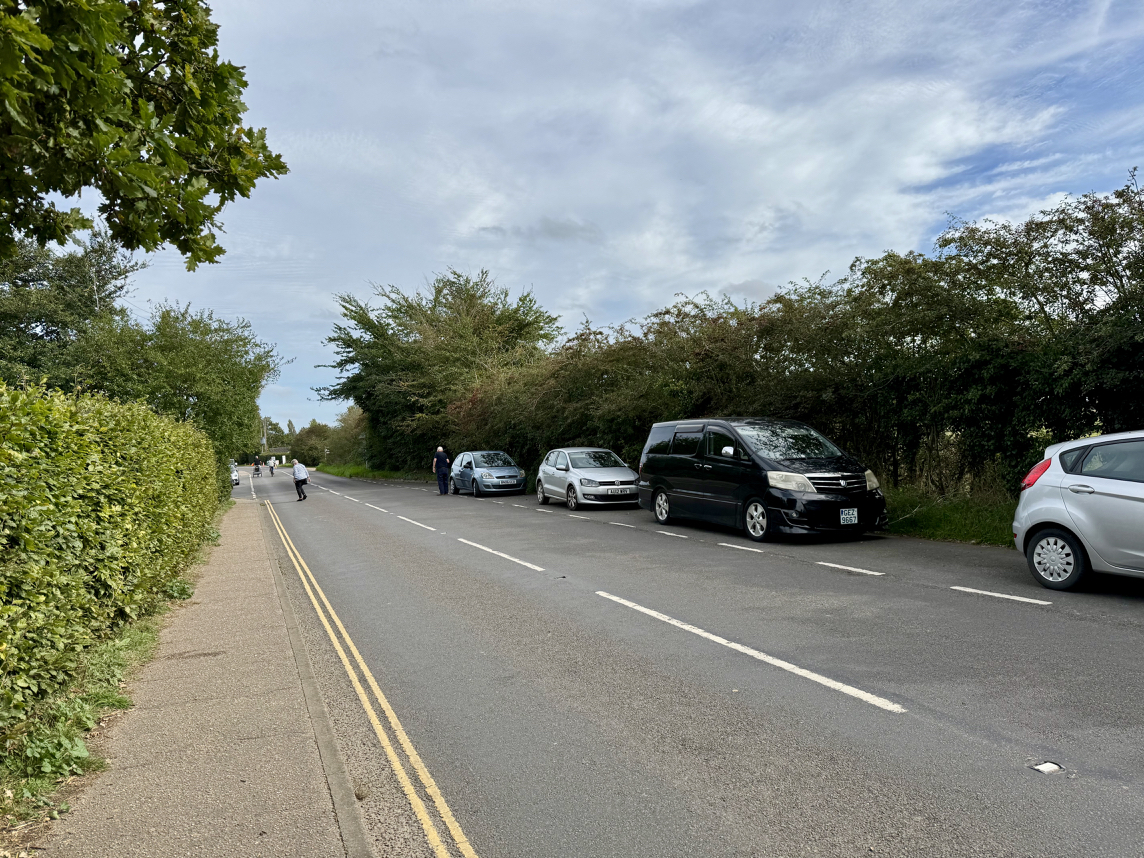
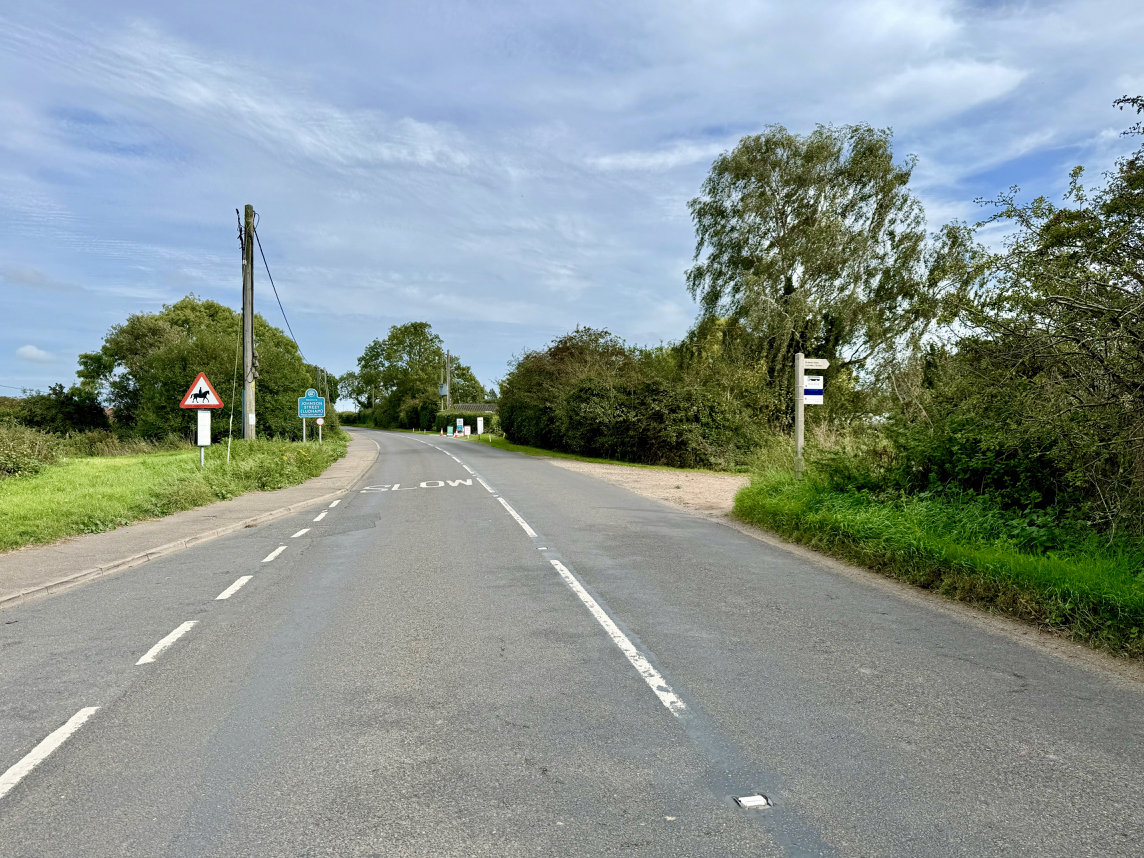
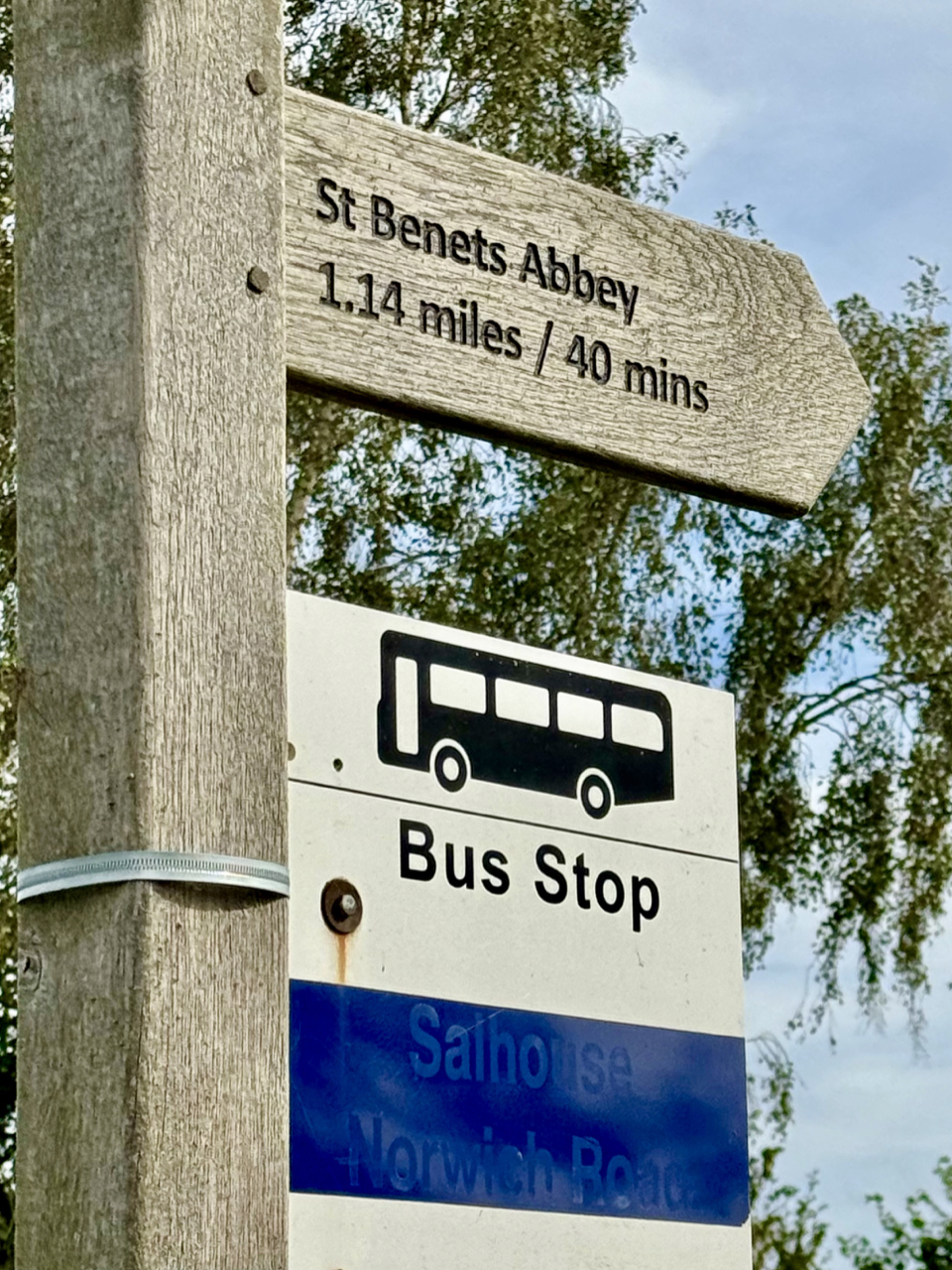
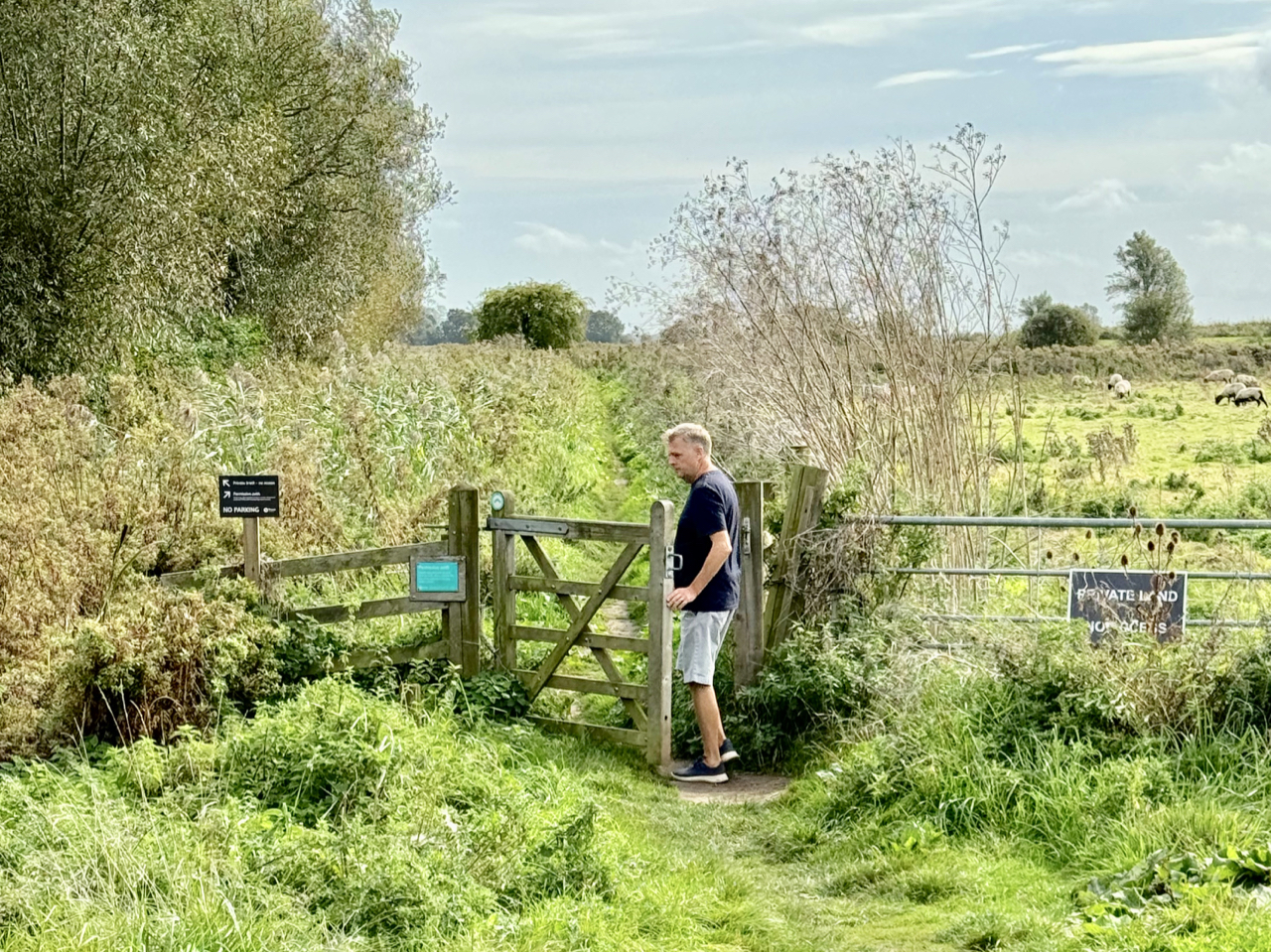
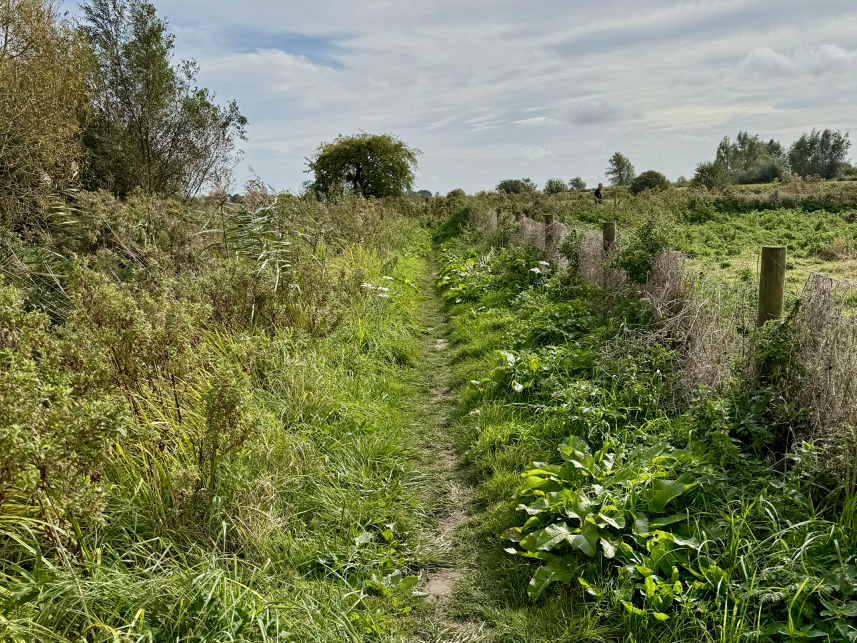
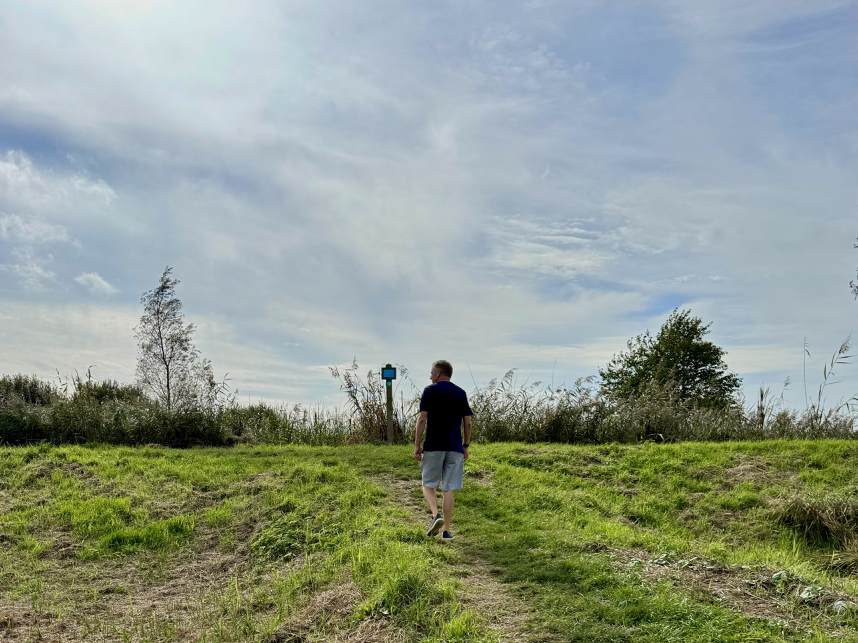
There's limited parking (and well kept public toilets) around Ludham Bridge (NR29 5NX) 10ish miles from Brick Kiln Barns. There are lay-bys on both sides of the road where you can park free of charge and visiting out of school holidays we had no trouble finding a space. With the bridge behind you and the toilet block on your left, the start of the walk is on the right a short distance beyond the lay-bys.
The footpath is typical of those found in the broads, banked up to keep it drained and in this case, with water on both sides. We hear passing boats screened from view by the reeds to our right but soon have unobscured views across to the abbey on our left, and on this particular September day the most amazing sky.
It’s a flat walk of about a mile to reach the remains of the 14th Century gatehouse and a further 1/4 mile up to the Cross of Peace.
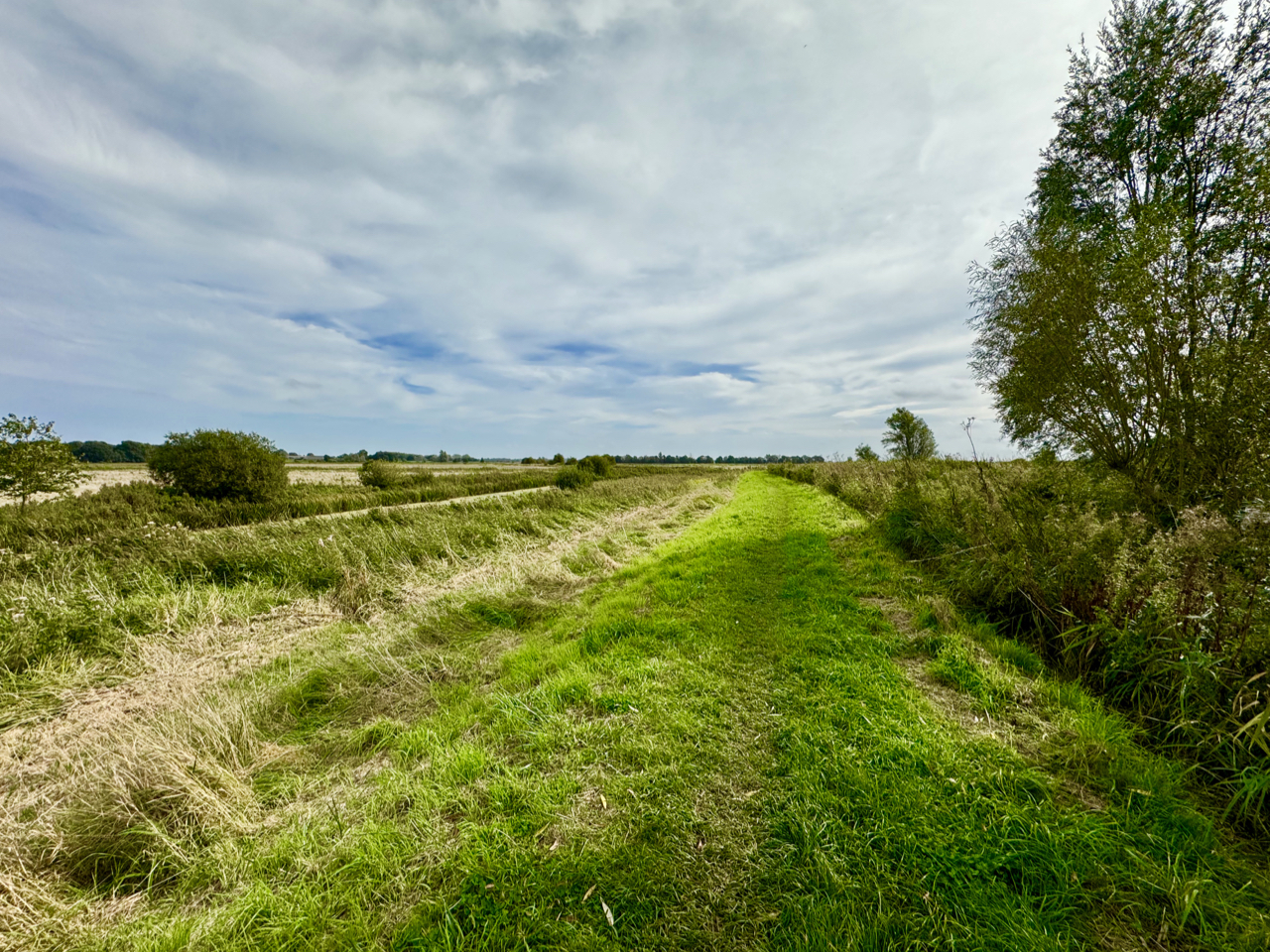
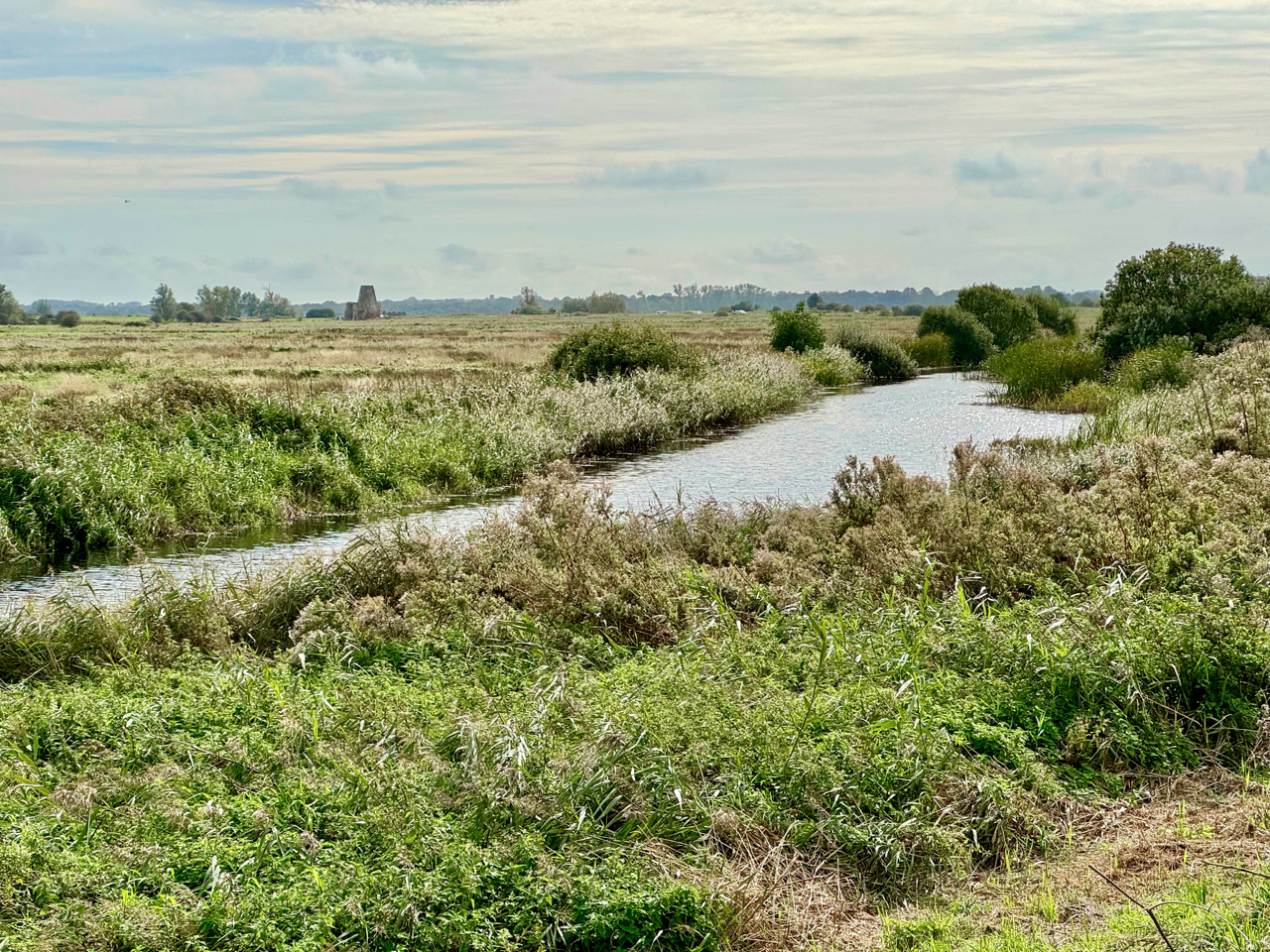
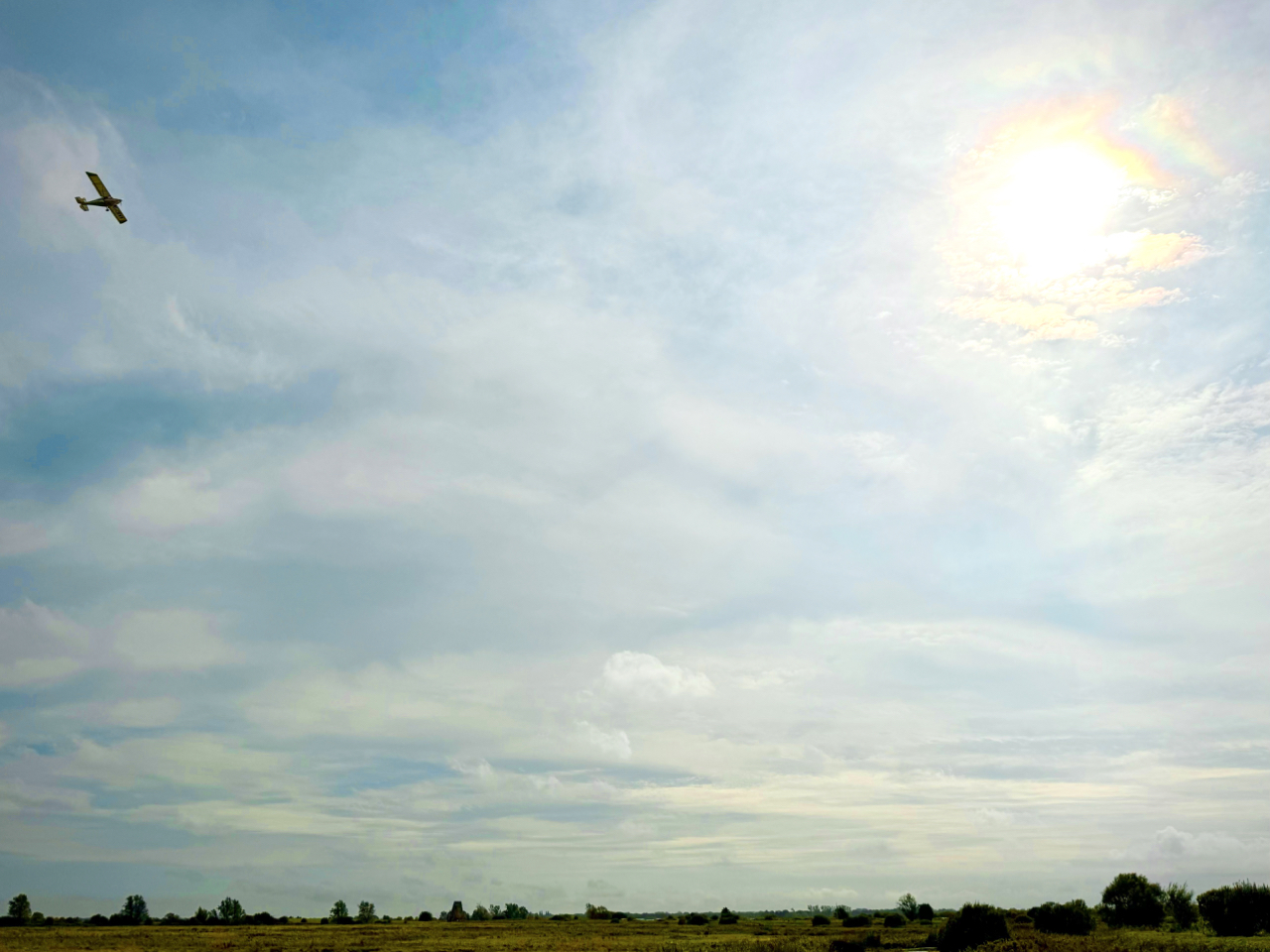
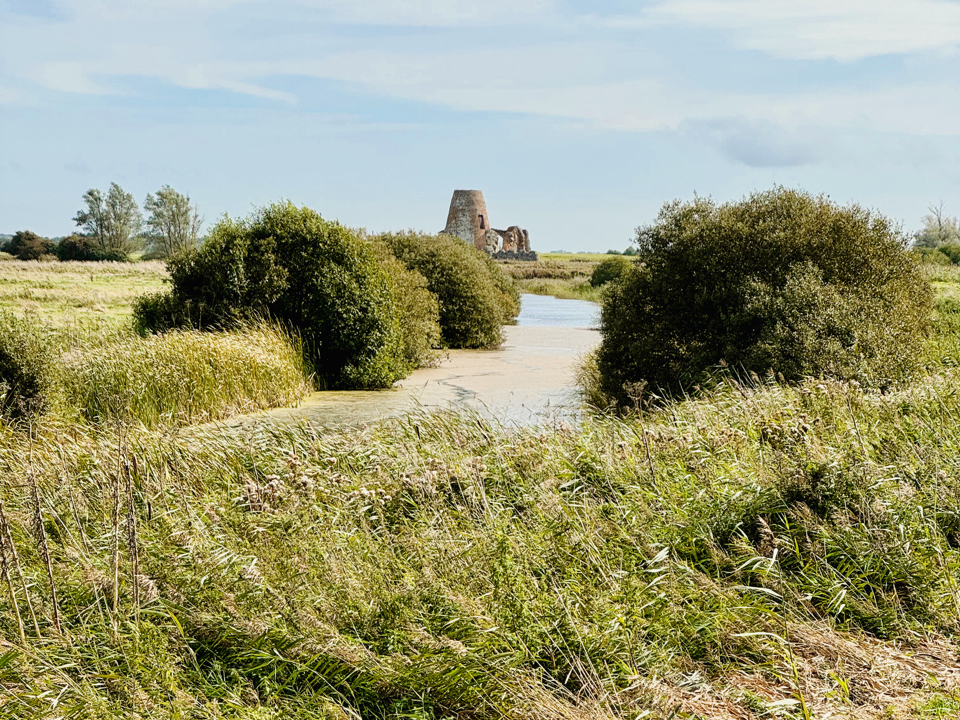
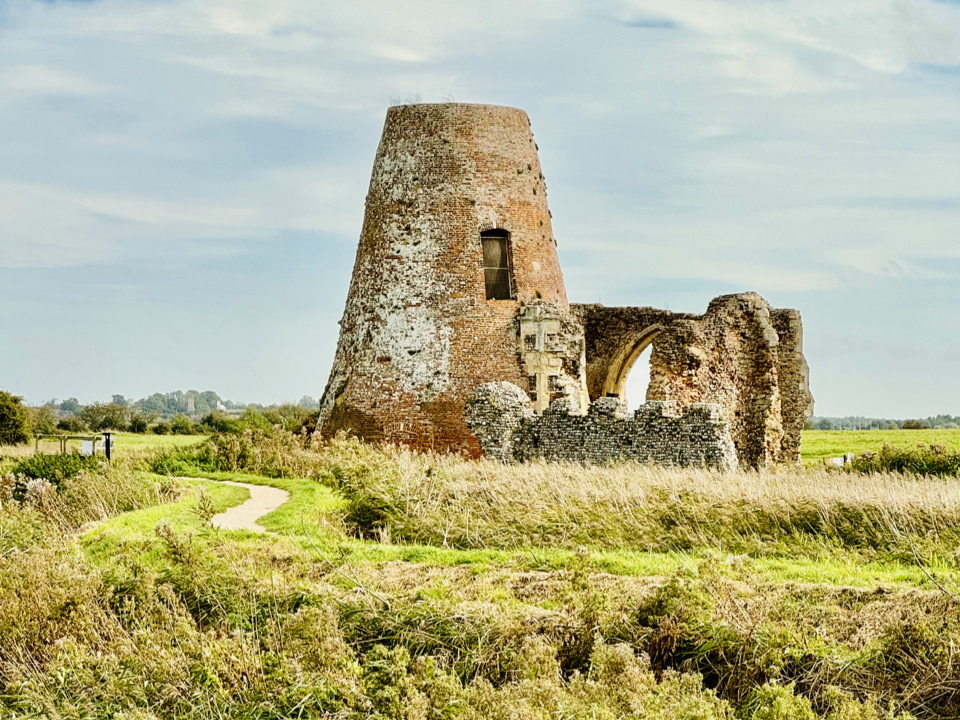
Despite the numerous boats moored up there's hardly anyone else on the site and just as we approach the building a perfectly timed sail boat kindly appears on the horizon leaving me scrambling for my phone - I just got it!
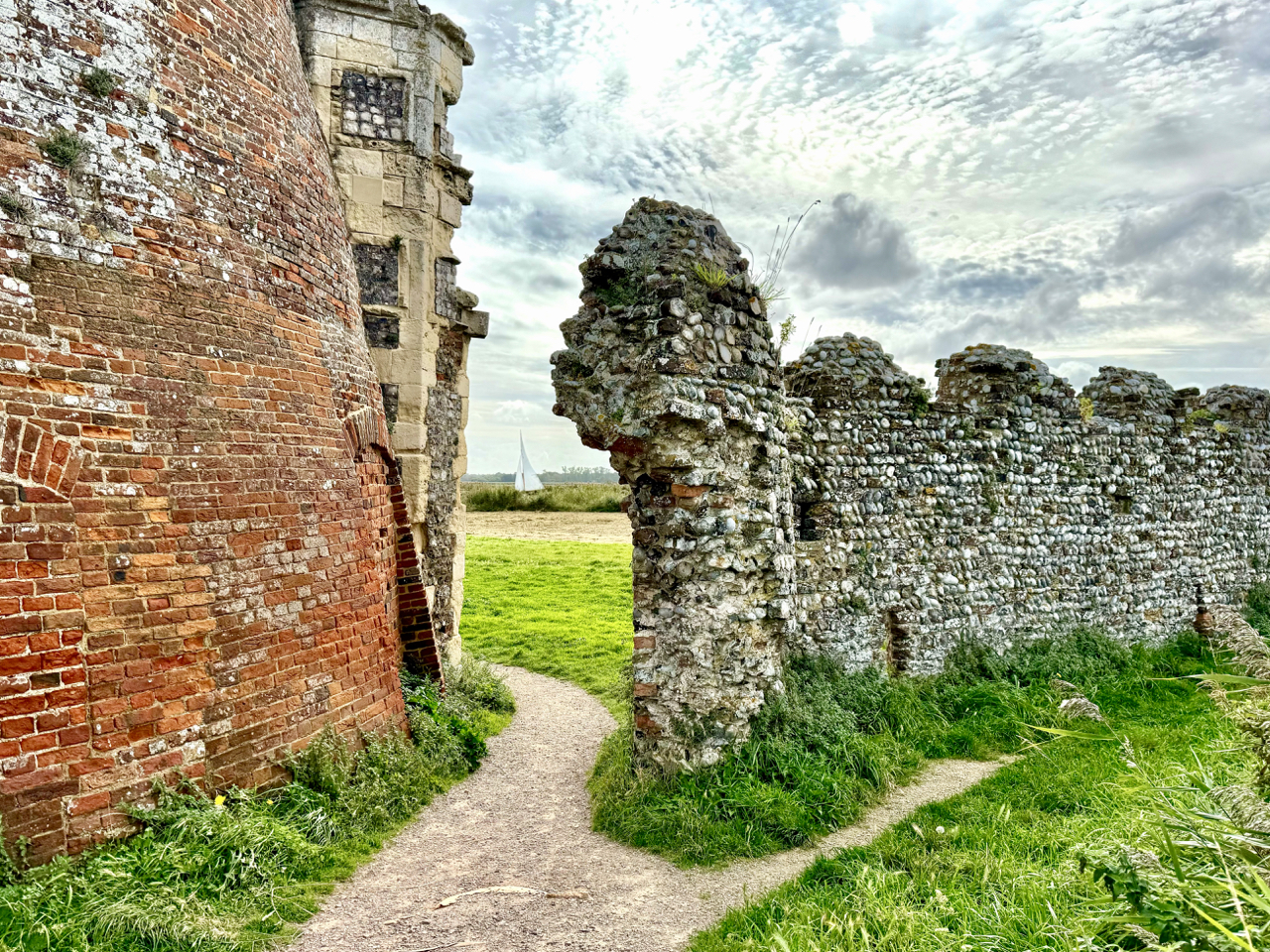
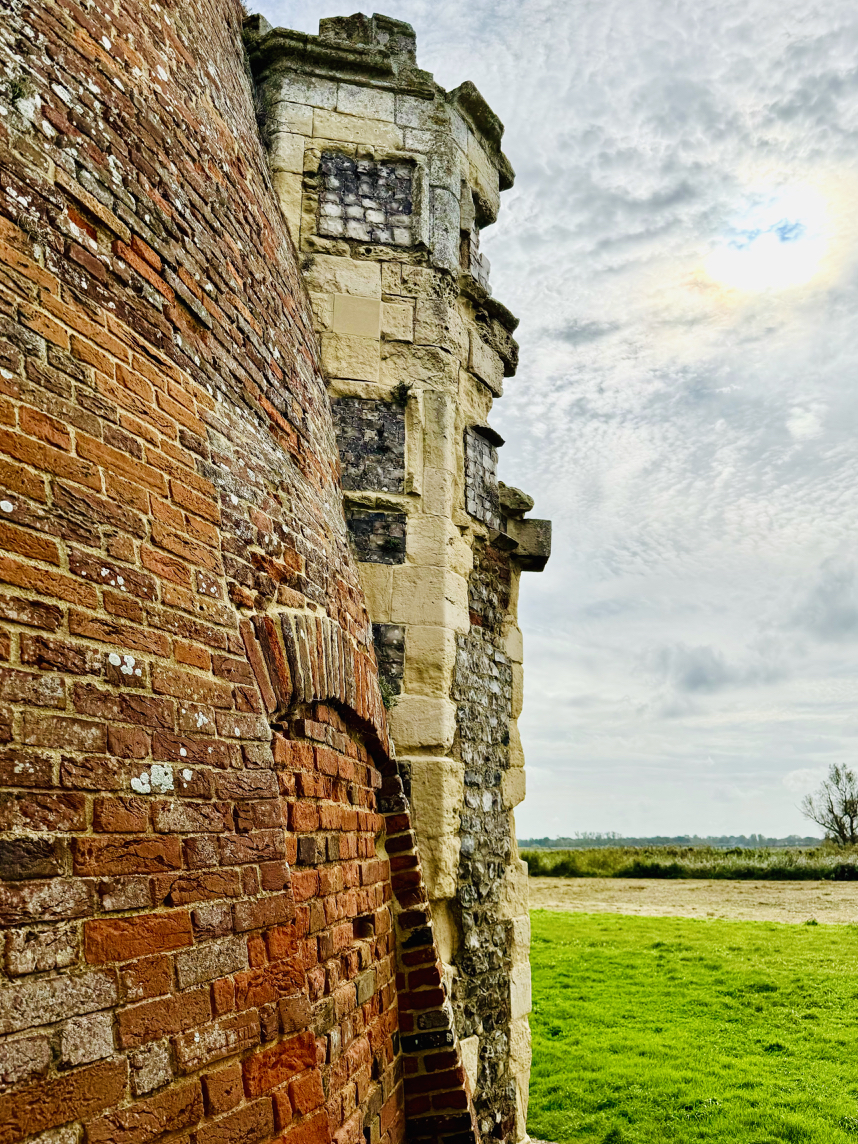
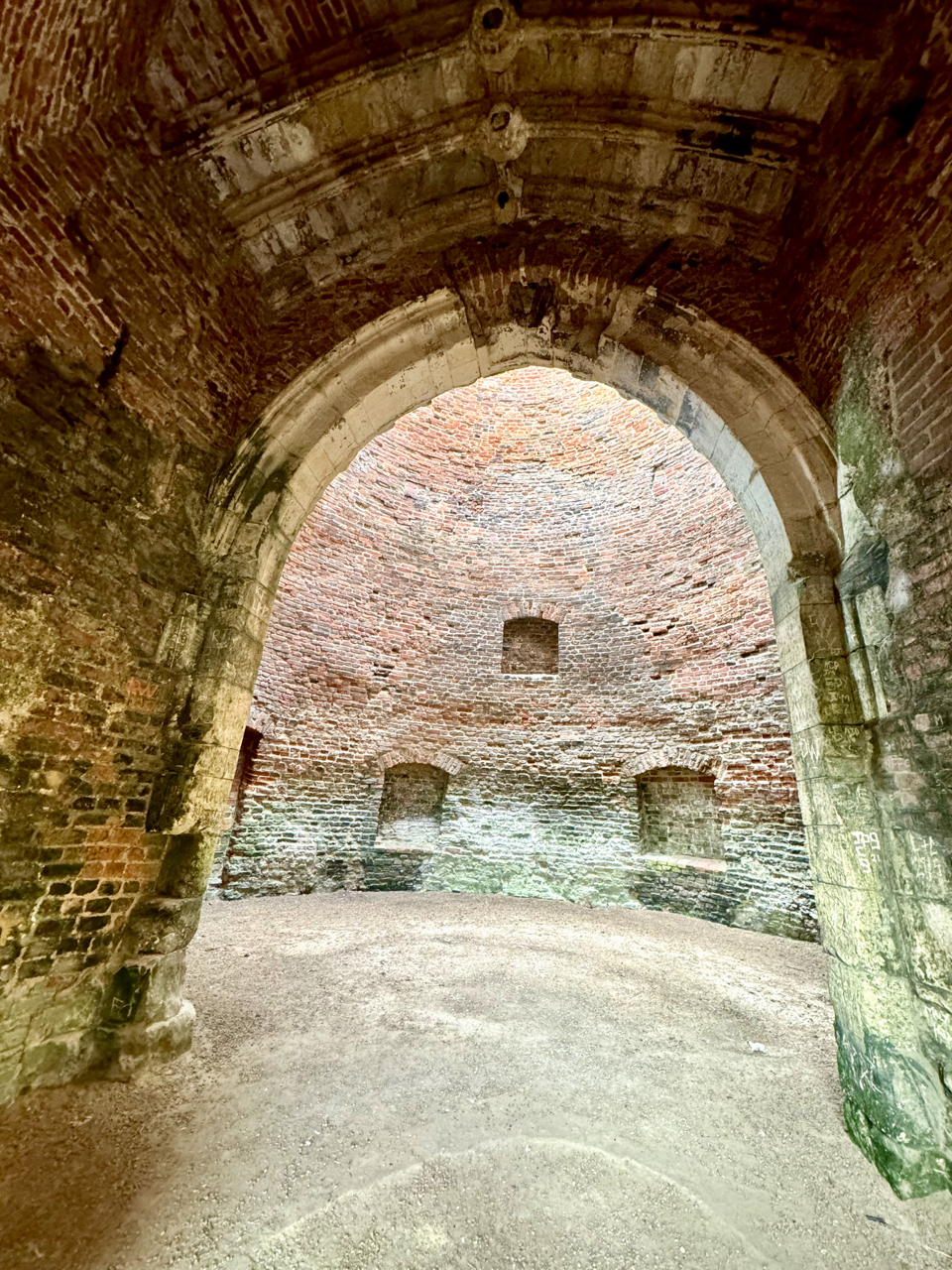
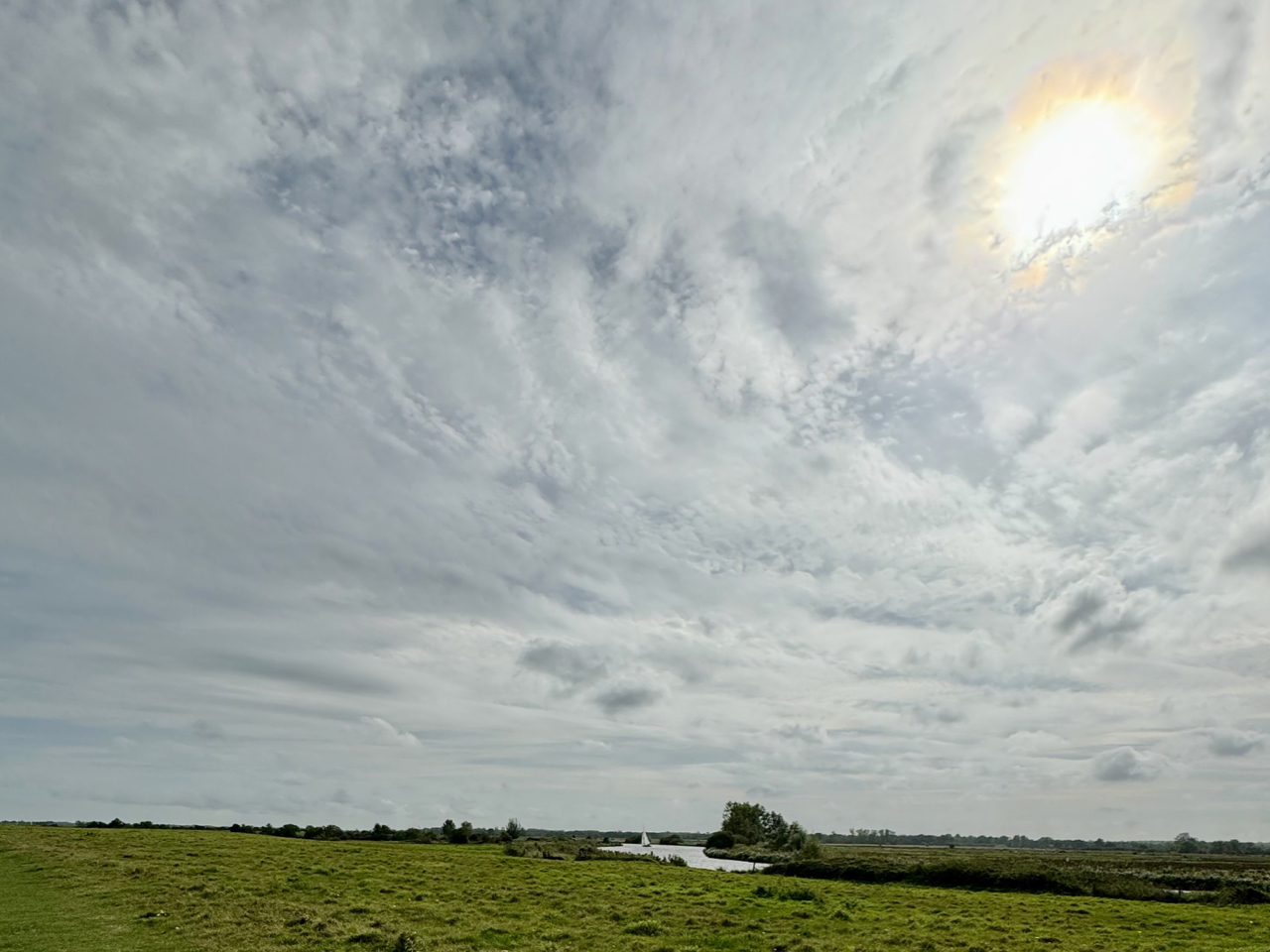
We make our way up to the Cross of Peace past the remains of the ruined church walls and catch sight of the sail boat again and that huge sky Norfolk is so famous for. It really gives a feel of how remote and isolated this spot must have felt in 900AD.
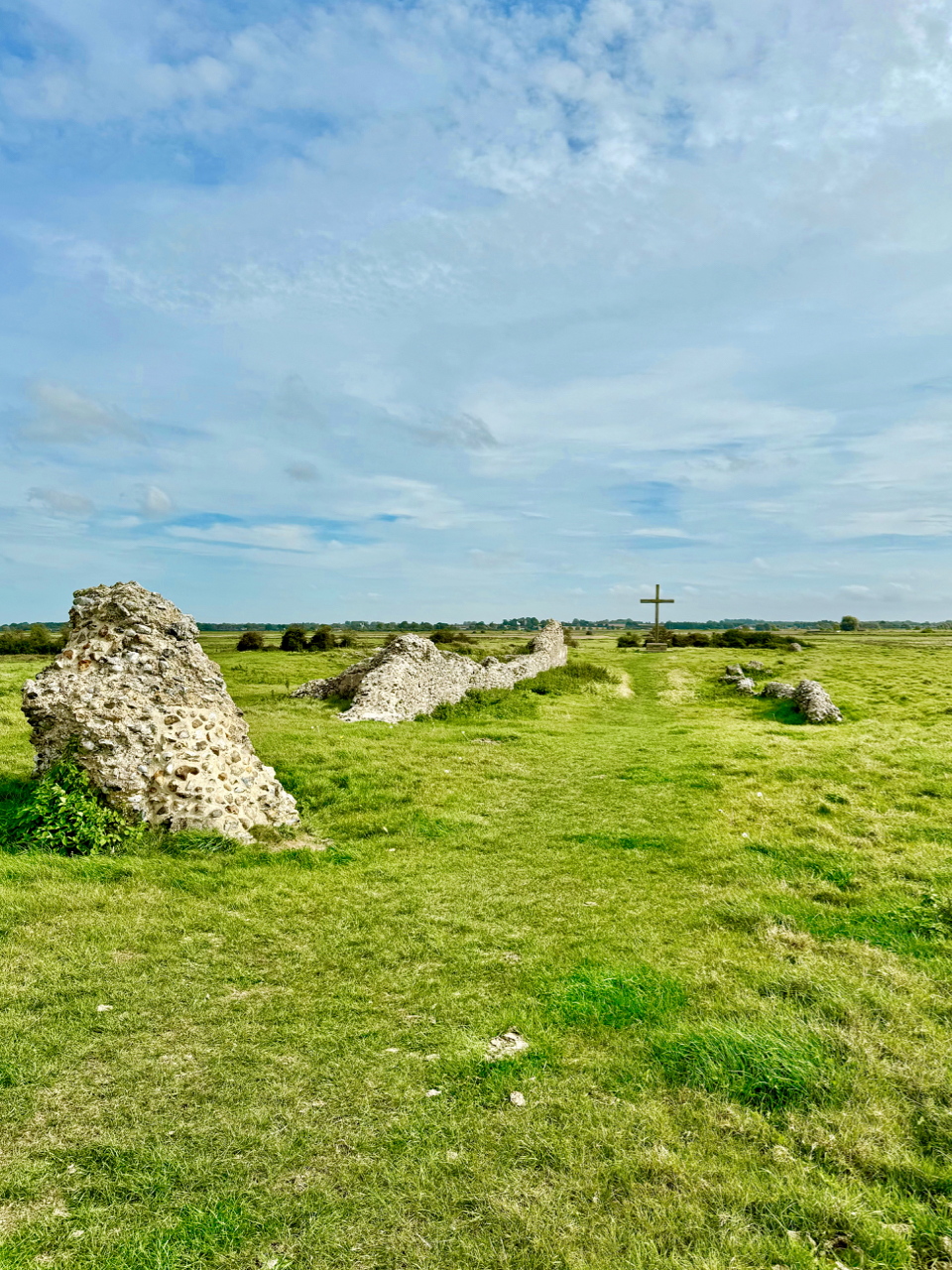
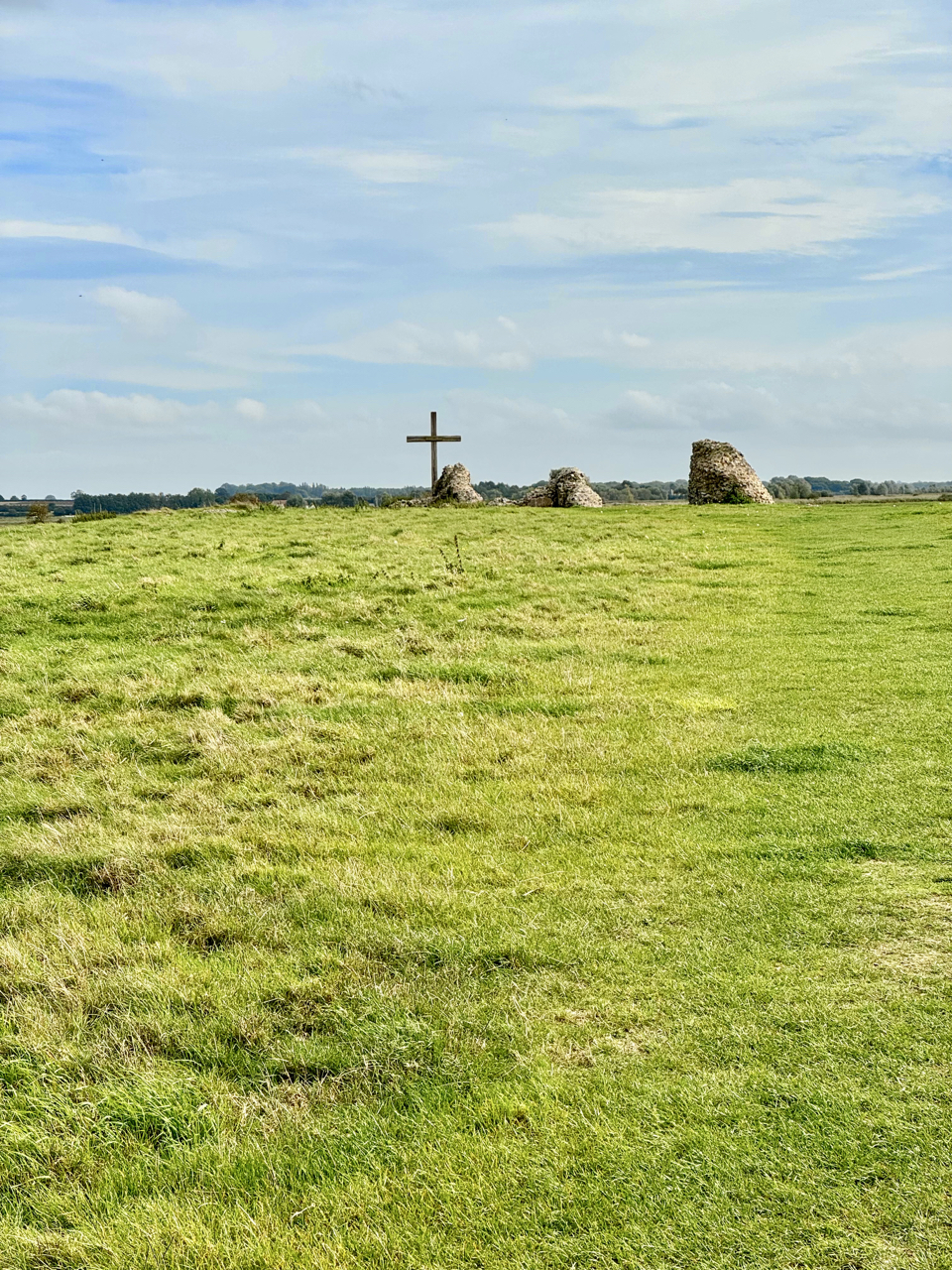
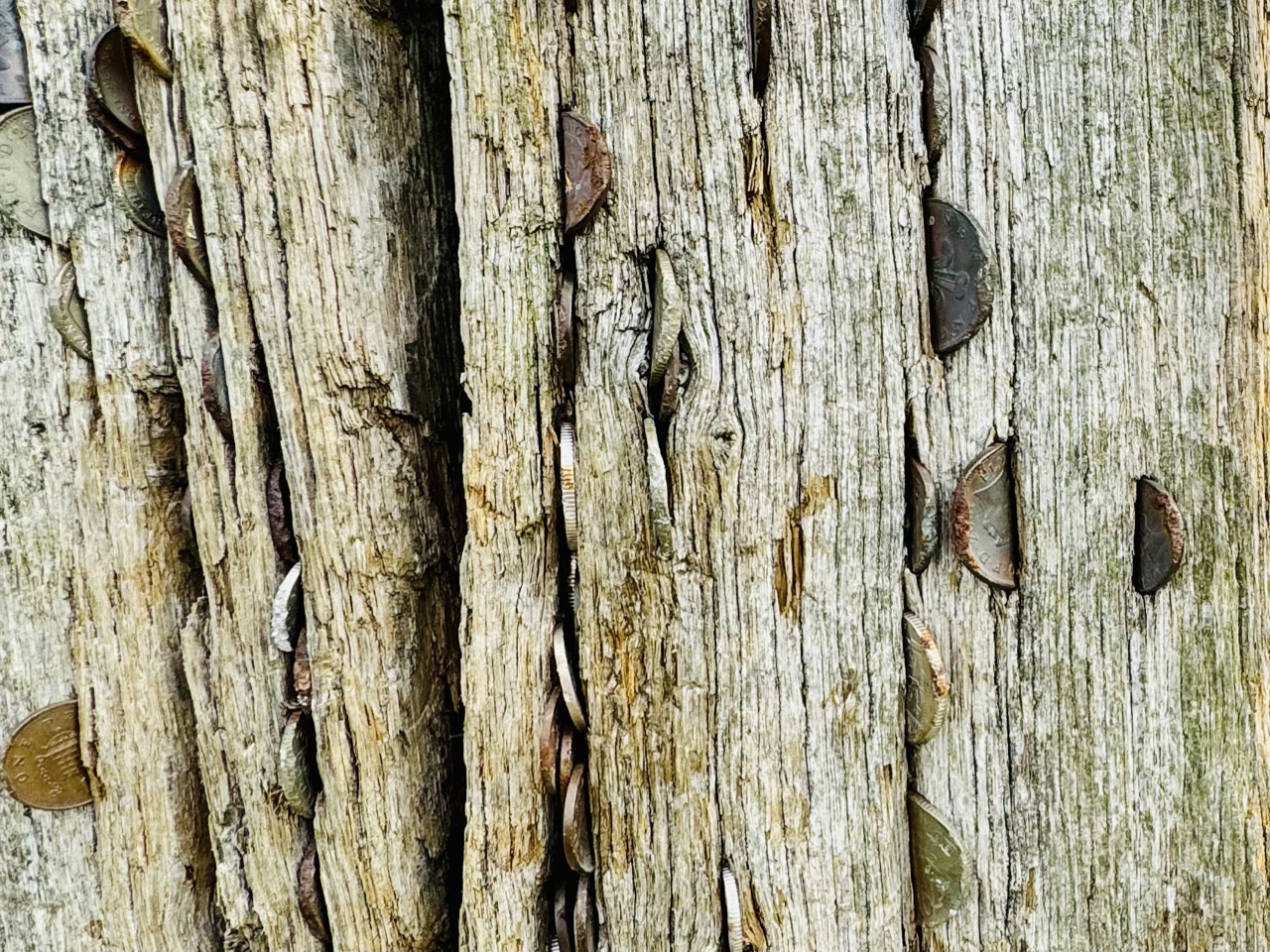
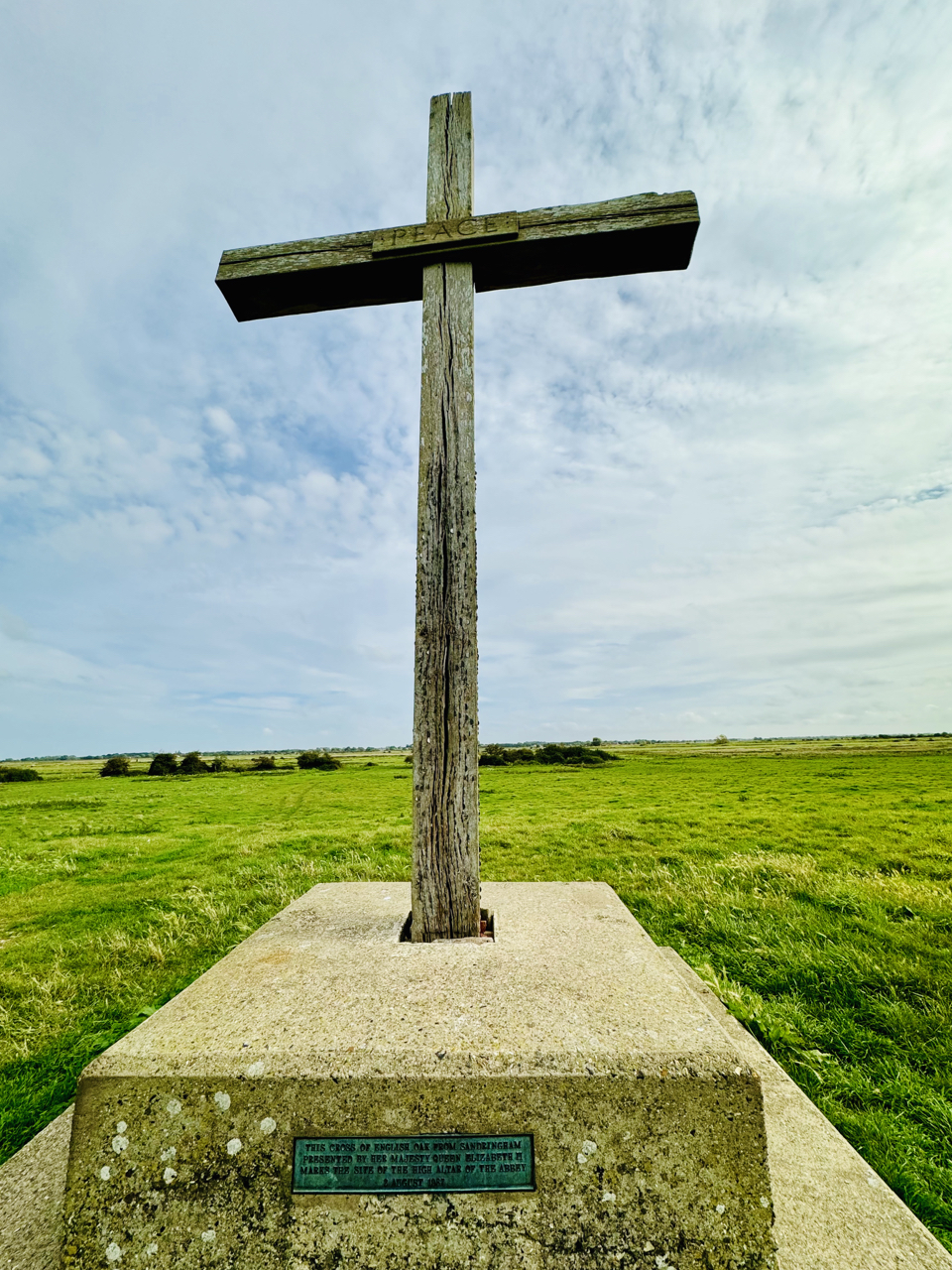
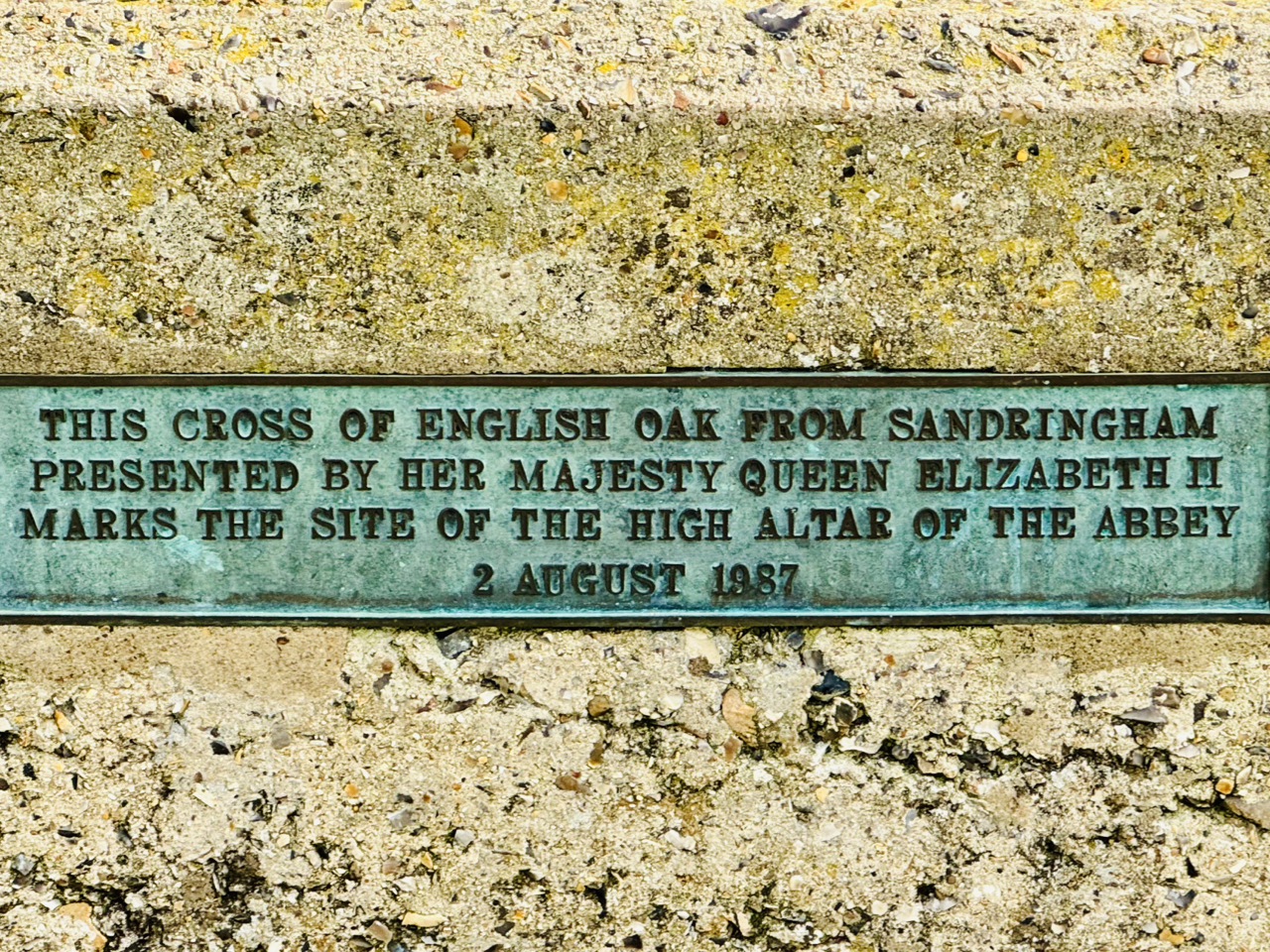
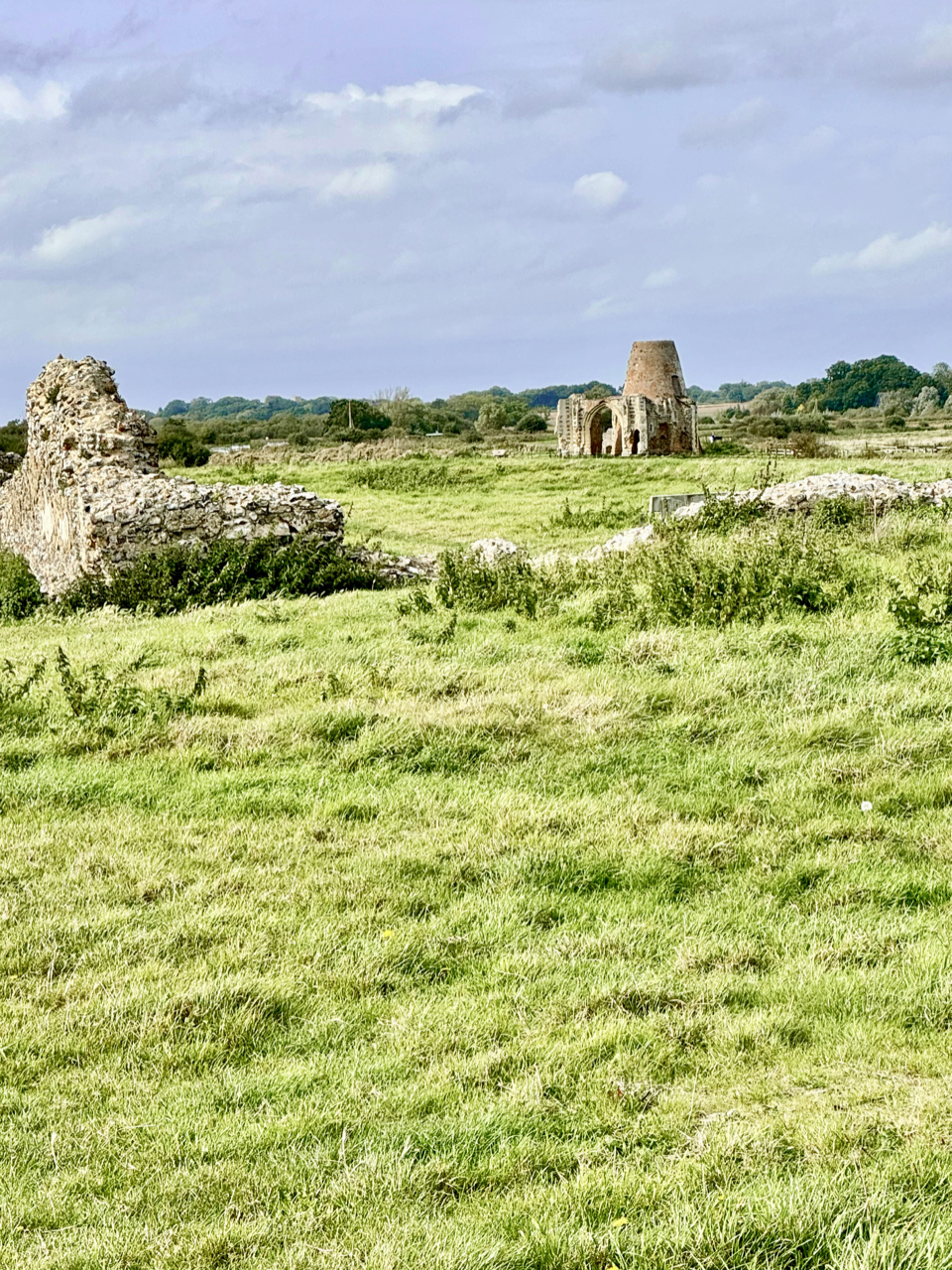
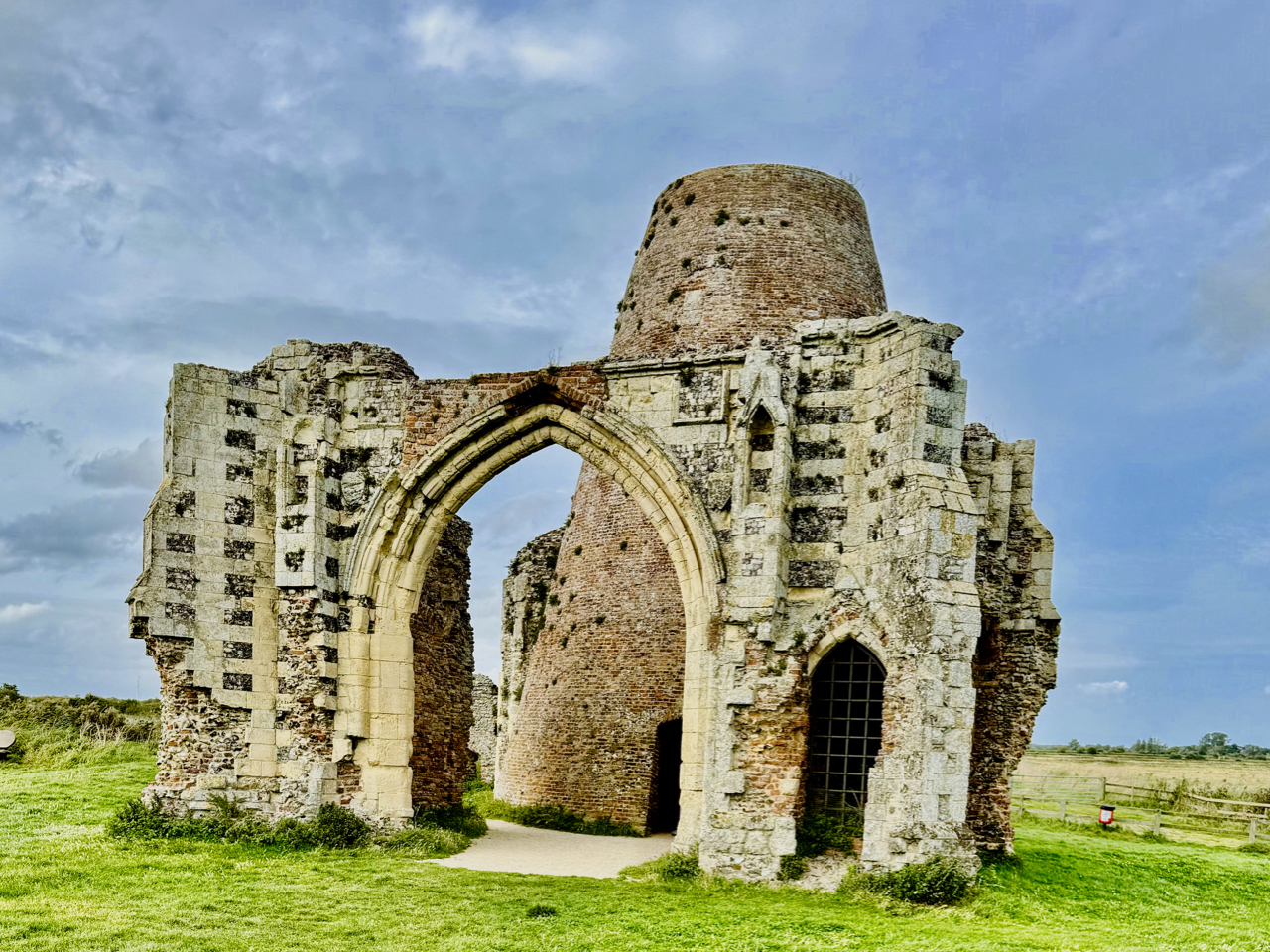
.jpg)
Happy with our photos we make our way back to Ludham Bridge with lunch in our sights and there's only one option for us - Dollies Bakery. It's not often we find ourselves at Ludham Bridge and we miss our Dollies fix since its relocation here from Wroxham. We could've sat in but conscious that with Autumn just around the corner opportunities to sit in the warm sun are fading fast, we opt for a riverside bench and cross Ludham bridge to find one.
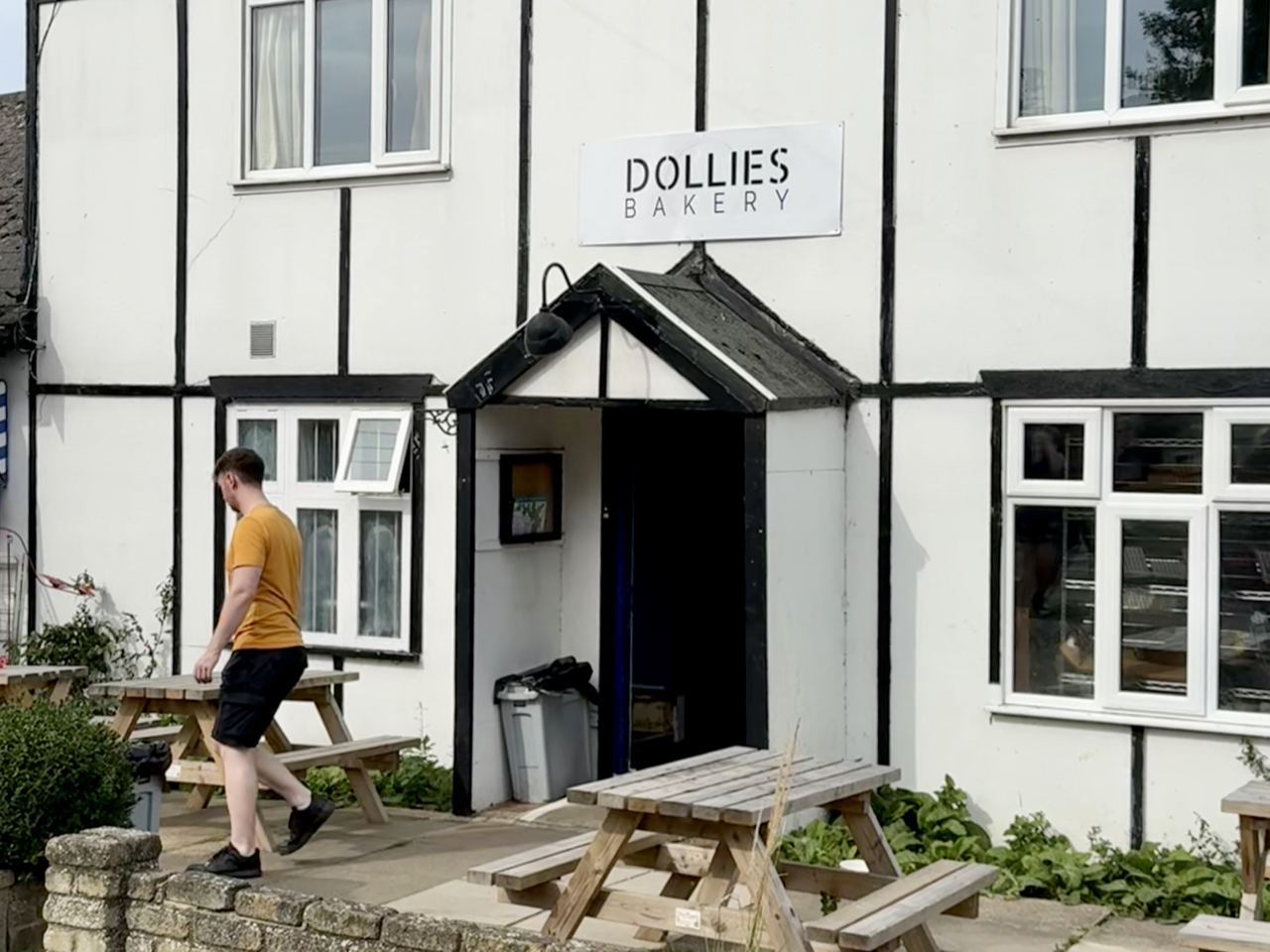
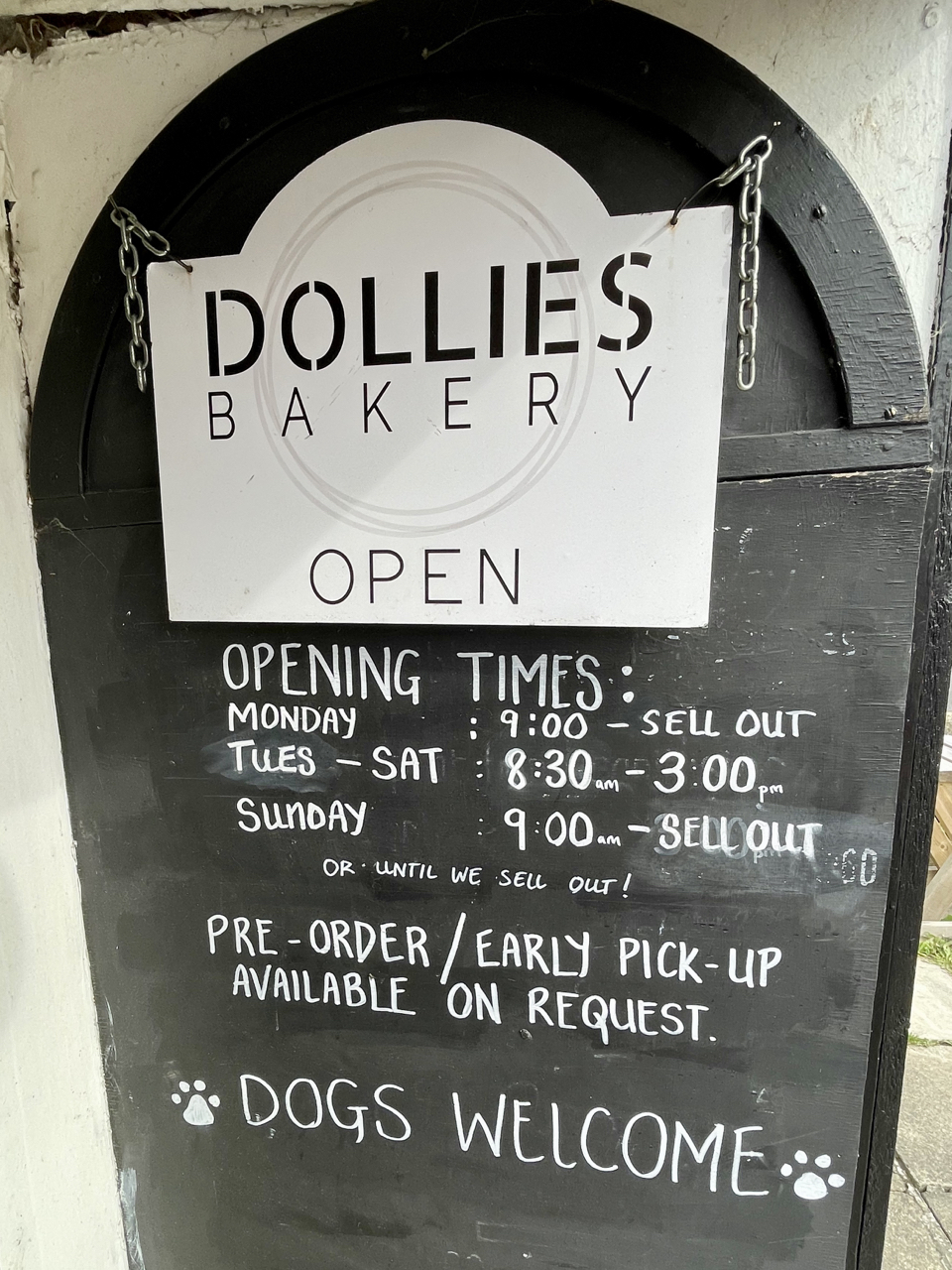

.jpg?c=1698562173429)
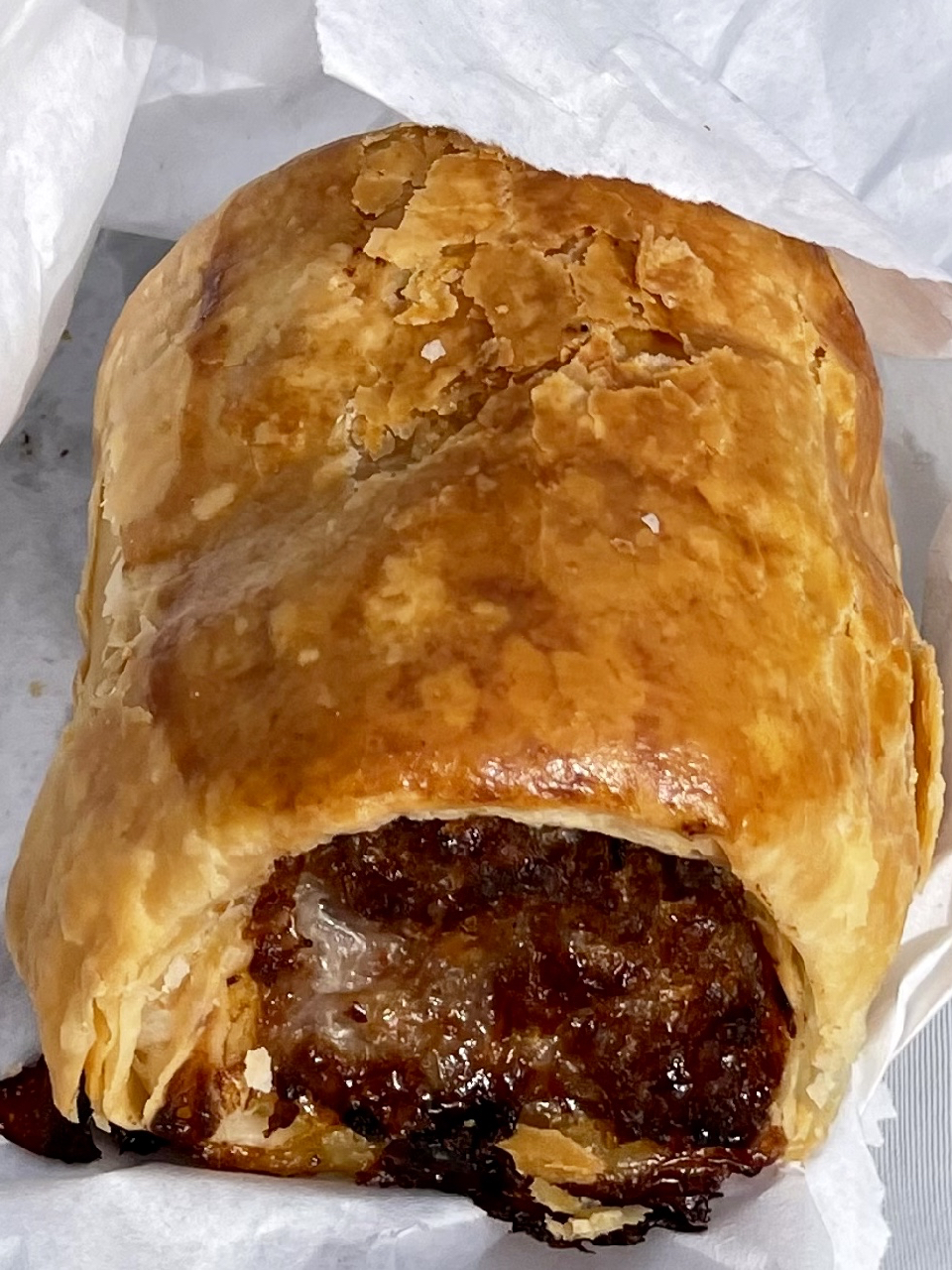

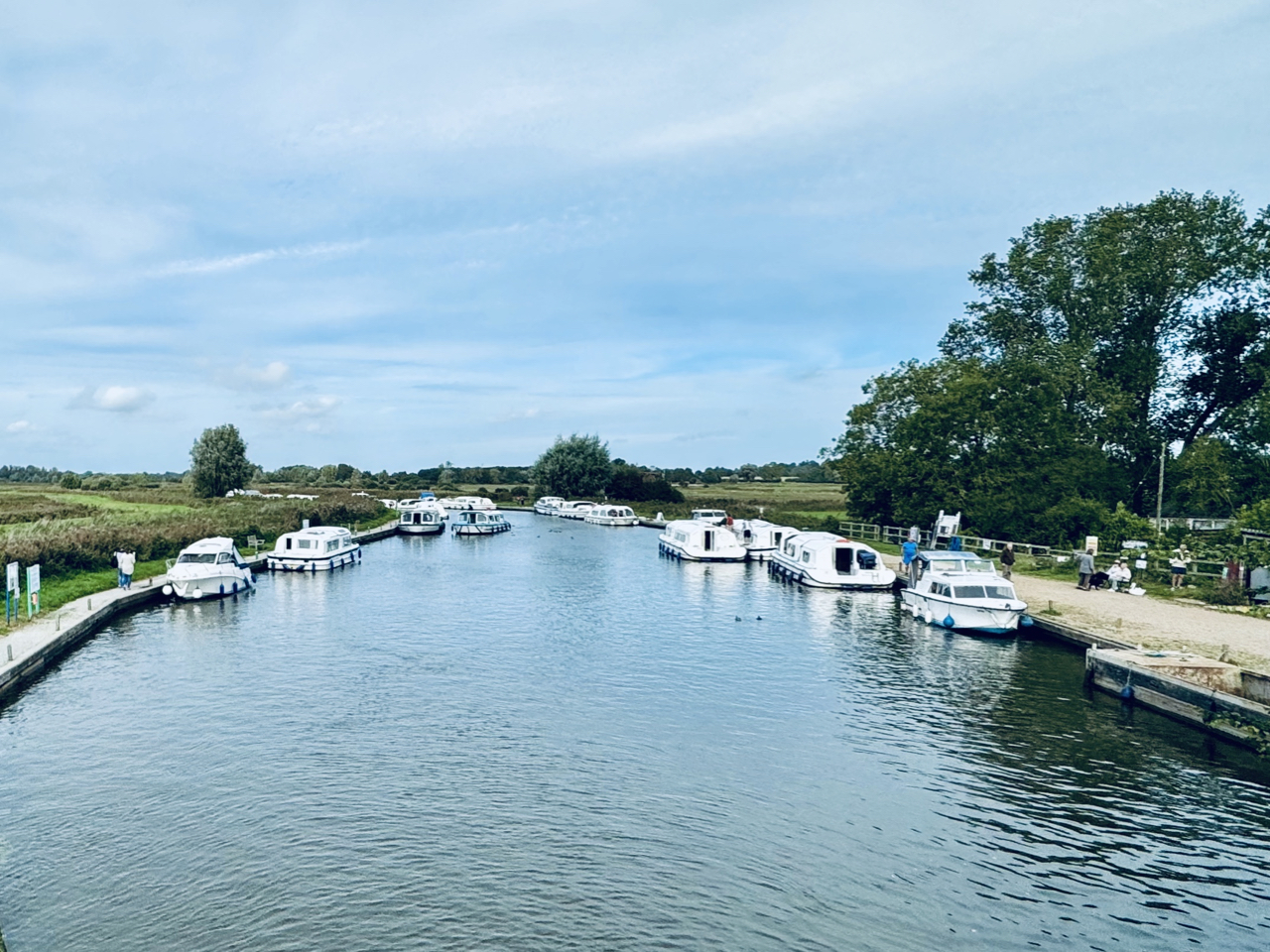
Walking from Ludham Bridge you can expect to clock up about 3 miles up to the Cross and Peace and back. If this is too far there is a small carpark of 10 spaces less than 0.1 miles from the gatehouse, at the end of a bumpy country lane: St Benet’s Road NR29 5NU and you can easily drive on from here to reach Ludham Bridge to pick up lunch.
The site can also be reached by boat from Wroxham and Potter Heigham with moorings very close by.
You can read a detailed history of St Benet's Abbey here and about visiting the site on the here.
